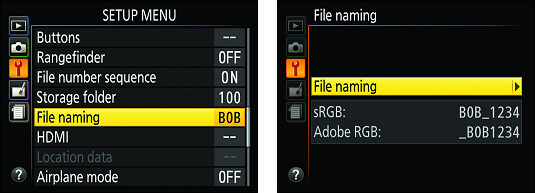

Vane anemometers are commonly used for this, he pointed out.Īdam Gloss, vice president, Bel Red Energy Solutions, Mukilteo, Wash., echoed this thought, stating that he highly recommends vane anemometers and balometers (flow hoods) for home-performance projects. Second, the tech needs to ensure how much air is going to a specific space, and needs a device to measure airflow at the grille, Harju stated.

To accurately measure it, he said taking the reading inside the ductwork is the best way, and the most common device to take that measurement is a hot wire anemometer. The first is to ensure that the coil in the evaporator is getting enough air across it. Some models can not only measure airflow, but also convert those readings to airflow measurements and determine air and surface temperatures - including identifying overheated system components.”Īccording to Harju, there are two applications in which to test airflow. “Advanced anemometers can measure air movement as slow as 2 feet per minute all the way up to 8,000 feet per minute. Going with the Flowīellock said another important element to examine is airflow.

He also said the thermo-hygrometer takes readings of basic ambient temperature, humidity, and pressure, which are the primary measurements used to judge system performance and ultimately home-performance cooling and heating efficiency.

Bellock, director of product management for the instruments division, General Tools & Instruments, pointed out that in addition to measuring dew point, a psychrometer can ascertain air or duct temperature and humidity “to verify that the refrigerant recharge is actually working to cool and dehumidify a particular room or living space.” One type of temperature- and humidity-measuring instrument is a digital psychrometer, which determines the temperature drop across the coil and wet bulb, relative humidity, and ambient air temperatures, said Harju. Smith indicated that a temperature and humidity meter is needed on this type of project because “you need to measure what you are testing.” A house that is too dry or humid certainly affects a homeowner’s comfort. While temperature is a concern in a home-performance project, so too is humidity. These tools have the capabilities to provide all of these readings.” It’s Humid in Here In addition, he indicated contractors may need a quality digital multimeter, stating that “they will need to take several readings to provide the customer an accurate evaluation of their system. Subcooling and superheat are used to determine the right amount of refrigerant charge in a system too much or too little will decrease the system’s efficiency, he explained.ĭustin Uptmore, area service manager, Commercial Service, Capstone Mechanical, Waco, Texas, said he recommends contractors have a digital manometer and digital wet stick for taking dry and wet bulb readings and digital manifold gauges that give accurate readings and provide superheat and subcooling readings. Russ Harju, product manager, Fieldpiece Instruments, said digital manifolds combine pressures and temperatures to calculate superheat and subcooling on an air conditioner automatically. Lee Bayless, field supervisor/lead refrigeration tech, service dept., Shoffner Mechanical Services, Knoxville, Tenn., said that a contractor should have a digital thermometer to measure supply and return air and superheat and subcooling.īrian Morrison, product marketing manager, hilmor, said a thermometer, such as hilmor’s Dual-Readout Thermometer, is helpful to contractors on the job because it is manifold-compatible and provides two readings to make calculations simple.ĭigital manifolds also assist in figuring out superheat and subcooling. Ron Auvil, owner, High Performance Mechanical Training and a Fluke-affiliated trainer, said an IR thermal camera is used is to identify heat losses and gains to help determine energy waste.Īnother self-explanatory instrument used for taking temperature readings is a thermometer. Hal Smith, president, Halco Energy, Phelps, N.Y., said thermal imaging, aka infrared (IR) cameras, as well as blower doors, are used on every energy audit, but he warned that proper usage of these tools requires adequate training.Īccording to Brian Spiker, owner, Aire Serv of Lafayette, Abbeville, La., one reason training is necessary when conducting a home-performance test: homeowner safety.


 0 kommentar(er)
0 kommentar(er)
